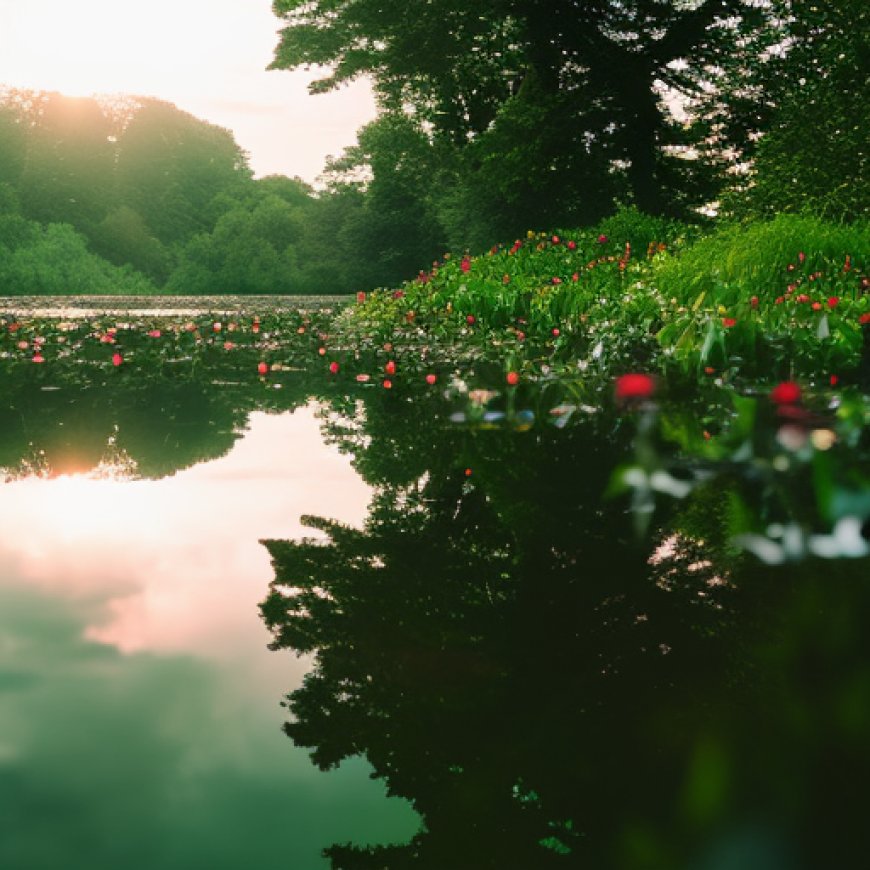Biodiversity Is in Crisis — Here’s One Way to Fix It – Impakter
Biodiversity Is in Crisis — Here's One Way to Fix It Impakter


Rwenzori Mountains and Queen Elizabeth National Park: Ecosystems at Risk
Introduction
The Rwenzori Mountains in southwestern Uganda are a source of the Nile’s waters, flowing through alpine meadows and forests with unique flora. Nearby, the Queen Elizabeth National Park hosts diverse wildlife, including elephants, buffalo, and tree-climbing lions. These areas, recognized by UNESCO as part of our natural heritage, face increasing threats from external pressures.
The Sixth Extinction and Its Drivers
Species extinction and ecosystem degradation are accelerating, with 1 million species at risk unless transformative action is taken. Human activities have led to this crisis, known as the sixth extinction. The IPBES identifies five anthropogenic factors: land and sea-use change, exploitation of resources, climate change, pollution, and invasive species.
Impact on Sustainable Development Goals (SDGs)
The loss of nature affects global health, food systems, livelihoods, and economies. It hinders efforts to eradicate poverty and hunger and provide safe water, impacting the achievement of the SDGs. Climate change exacerbates this crisis, disrupting natural feedback loops and altering habitats.
Nature-based Solutions for Resilience
Nature-based Solutions (NbS) offer integrated approaches to address biodiversity and climate crises. They involve protecting, managing, and restoring ecosystems to tackle societal challenges. In Belize, Fiji, and sub-Saharan Africa, NbS are being implemented to increase community and ecosystem resilience.
- IISD’s Climate Adaptation and Protected Areas (CAPA) Initiative works with local partners to manage protected areas sustainably.
- In Belize’s Glover’s Reef atoll, efforts focus on strengthening reef health and supporting local livelihoods.
- In Uganda’s Greater Virunga Landscape, conservation interventions aim to build resilience against climate impacts.
Conclusion
Despite the immense threats to ecosystems, projects like CAPA using NbS provide hope. Scaling up these efforts is crucial to address the biodiversity and climate emergencies effectively.
Related Articles:
- Over Two-Thirds of Wildlife Lost in Less Than a Lifetime
- What Have Cats Got to do With Climate Change? An Interview with Dr. John Goodrich
- The Mass Extinction Crisis: Can the Private Sector Help Solve It?
This report is based on an article originally published by the International Institute for Sustainable Development (IISD), authored by Alec Crawford, Director of Nature for Resilience at IISD.
SDGs Addressed in the Article
The article addresses several Sustainable Development Goals (SDGs) that are connected to the issues of biodiversity loss, ecosystem degradation, and climate change. These include:
- SDG 13: Climate Action
- SDG 14: Life Below Water
- SDG 15: Life on Land
Specific Targets Under the SDGs
Based on the content of the article, specific targets under the mentioned SDGs can be identified as follows:
- SDG 13.1: Strengthen resilience and adaptive capacity to climate-related hazards and natural disasters.
- SDG 14.2: Sustainably manage and protect marine and coastal ecosystems to avoid significant adverse impacts.
- SDG 15.1: Ensure the conservation, restoration, and sustainable use of terrestrial and inland freshwater ecosystems.
- SDG 15.5: Take urgent and significant action to reduce the degradation of natural habitats and halt biodiversity loss.
Indicators Mentioned or Implied in the Article
The article implies several indicators that can be used to measure progress towards the identified targets, including:
- The average decline in the relative abundance of monitored wildlife populations (Indicator for SDG 15.5).
- The health of ecosystems such as Glover’s Reef and its ability to support local livelihoods (Indicators for SDGs 14.2 and 15.1).
- The resilience of communities and ecosystems to climate change through Nature-based Solutions (Indicator for SDG 13.1).
Table of SDGs, Targets, and Indicators
| SDGs | Targets | Indicators |
|---|---|---|
| SDG 13: Climate Action | 13.1: Strengthen resilience and adaptive capacity to climate-related hazards and natural disasters. | Resilience of communities and ecosystems to climate change through Nature-based Solutions. |
| SDG 14: Life Below Water | 14.2: Sustainably manage and protect marine and coastal ecosystems to avoid significant adverse impacts. | Health of ecosystems such as Glover’s Reef and its ability to support local livelihoods. |
| SDG 15: Life on Land | 15.1: Ensure the conservation, restoration, and sustainable use of terrestrial and inland freshwater ecosystems. | Health of ecosystems such as Glover’s Reef and its ability to support local livelihoods. |
| SDG 15: Life on Land | 15.5: Take urgent and significant action to reduce the degradation of natural habitats and halt biodiversity loss. | Average decline in the relative abundance of monitored wildlife populations. |
Copyright: Dive into this article, curated with care by SDG Investors Inc. Our advanced AI technology searches through vast amounts of data to spotlight how we are all moving forward with the Sustainable Development Goals. While we own the rights to this content, we invite you to share it to help spread knowledge and spark action on the SDGs.
Fuente: impakter.com

Join us, as fellow seekers of change, on a transformative journey at https://sdgtalks.ai/welcome, where you can become a member and actively contribute to shaping a brighter future.







